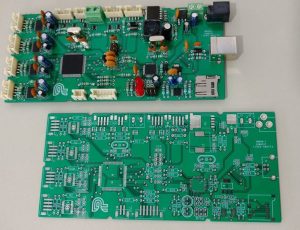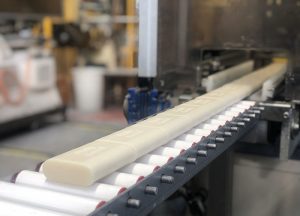Robust air conditioning projects must respond to the need to meet basic requirements for the benefit of all. A goal is to fully obtain the necessary heat or cold for the comfort of workers and customers, through various fronts, such as ventilation, air conditioning, humidification, drying, and purification, the latter being a very relevant parameter since always.
Naturally, most of the humidifier mechanisms have that kindness to purify any environment, especially in highly stale environments, such as an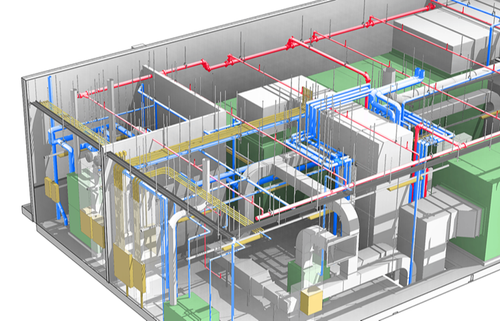 industrialized environment. Moreover, one of the main objectives of a good HVAC project is to try to minimize air conditioning, by promoting more natural methods, such as external ventilation or the use of alternative devices that can provide the same or better climatic conditions, with lower energy expenditure. Or at least improve the distribution of the cooling systems, so as not to neglect certain areas that require ventilation, and not spend more, on those that do not need it so much.
industrialized environment. Moreover, one of the main objectives of a good HVAC project is to try to minimize air conditioning, by promoting more natural methods, such as external ventilation or the use of alternative devices that can provide the same or better climatic conditions, with lower energy expenditure. Or at least improve the distribution of the cooling systems, so as not to neglect certain areas that require ventilation, and not spend more, on those that do not need it so much.
At the end of the day, the main goal of HVAC planning and execution lies in the importance of controlling and maintaining parameters such as temperature, humidity, and air purity, as well as pressure control and the direction and redirection of air circulation.
Water-cooled condenser
This is a way of humidifying in which cooling towers are used for that purpose. Although new systems are being seen that do not require towers. The key lies in the recirculation of frozen water, to permeate it to all areas, and contrary to popular belief, it does not require high maintenance costs. Compared to air condensers, water condensers have a long useful life, because they do not need to be prostrated outdoors, where damage from sunlight and inclement weather could take a toll on components and metals.
Choosing the Right Humidifier System
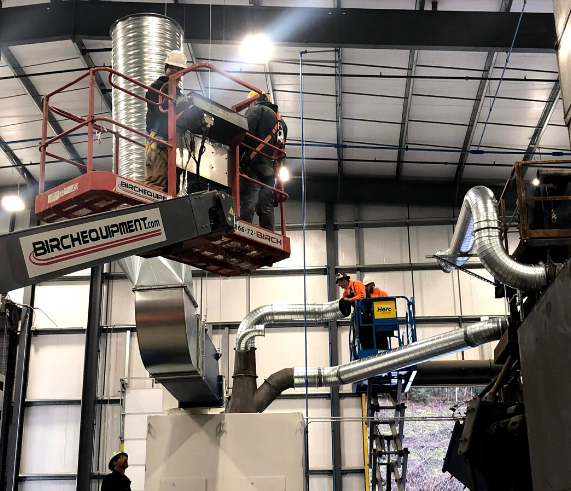 For a more precise choice, a comparative analysis of the air conditioning mechanisms, with their proper characteristics, will be required. Relevant parameters would be the orientation of the areas to be heated, as well as the type and frequency of use, since it is not the same to acclimatize an area of people with normal activities, to a production room with workers who must withstand a certain level of thermal stress.
For a more precise choice, a comparative analysis of the air conditioning mechanisms, with their proper characteristics, will be required. Relevant parameters would be the orientation of the areas to be heated, as well as the type and frequency of use, since it is not the same to acclimatize an area of people with normal activities, to a production room with workers who must withstand a certain level of thermal stress.
For example, there are variable volume systems, which work according to variations in the flow of air supplies, depending on the load reductions that are required in each of the enclosures, to bring about the subsequent requested thermal comfort.
Everything is invariably connected between the control system and the compressors, which, through the readings made in the environments to be conditioned, the motors will operate at a measured or powerful level. Therefore, the condensers, evaporators or humidifiers will work according to the loads demanded. This allows many advantages within any enclosure.
To begin with, climatic independence is perceived in each area, with specific needs for ventilation or fresh air. This will undoubtedly allow a better reading of the thermostats and, consequently, a better operation of the air conditioning mechanisms.
Another notable advantage of all this is the reduction of wear in the humidification or purification mechanisms since continuous starts and stops are the main factors in reducing the useful life of the devices.
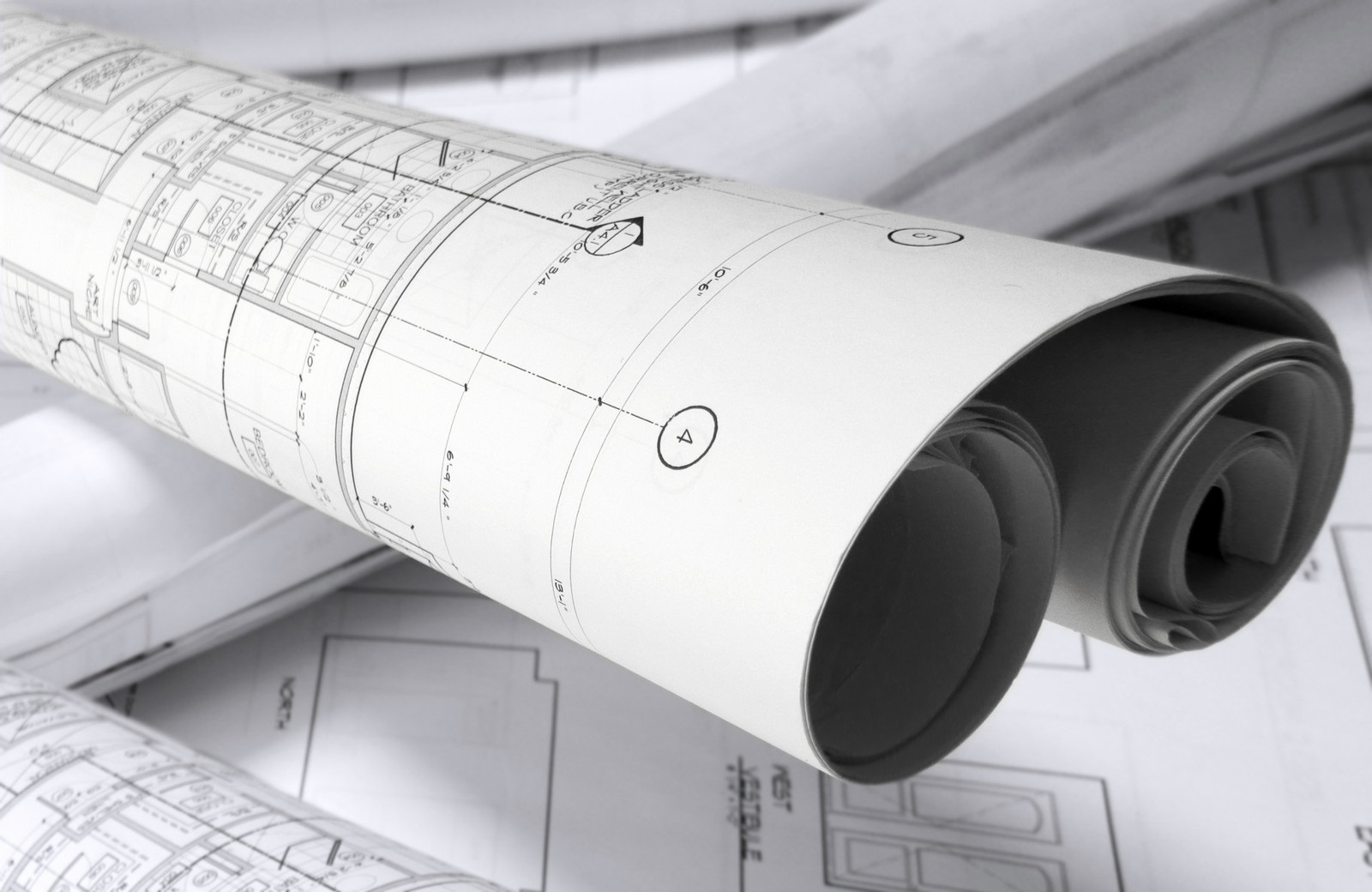 Smart indoor climate control is an achievable goal for most businesses that want efficiency in the use of their appliances, including humidifiers and air conditioning in general. This is an evolution that allows us to do things differently, without the need to buy devices from time to time, or systematically rely on maintenance processes.
Smart indoor climate control is an achievable goal for most businesses that want efficiency in the use of their appliances, including humidifiers and air conditioning in general. This is an evolution that allows us to do things differently, without the need to buy devices from time to time, or systematically rely on maintenance processes.
After all, the cost reduction will largely come from the technology implemented, leaving behind conventional systems that are only capable of operating with the most harmful refrigerants, whose gases damage the ozone layer and the atmosphere in general.


